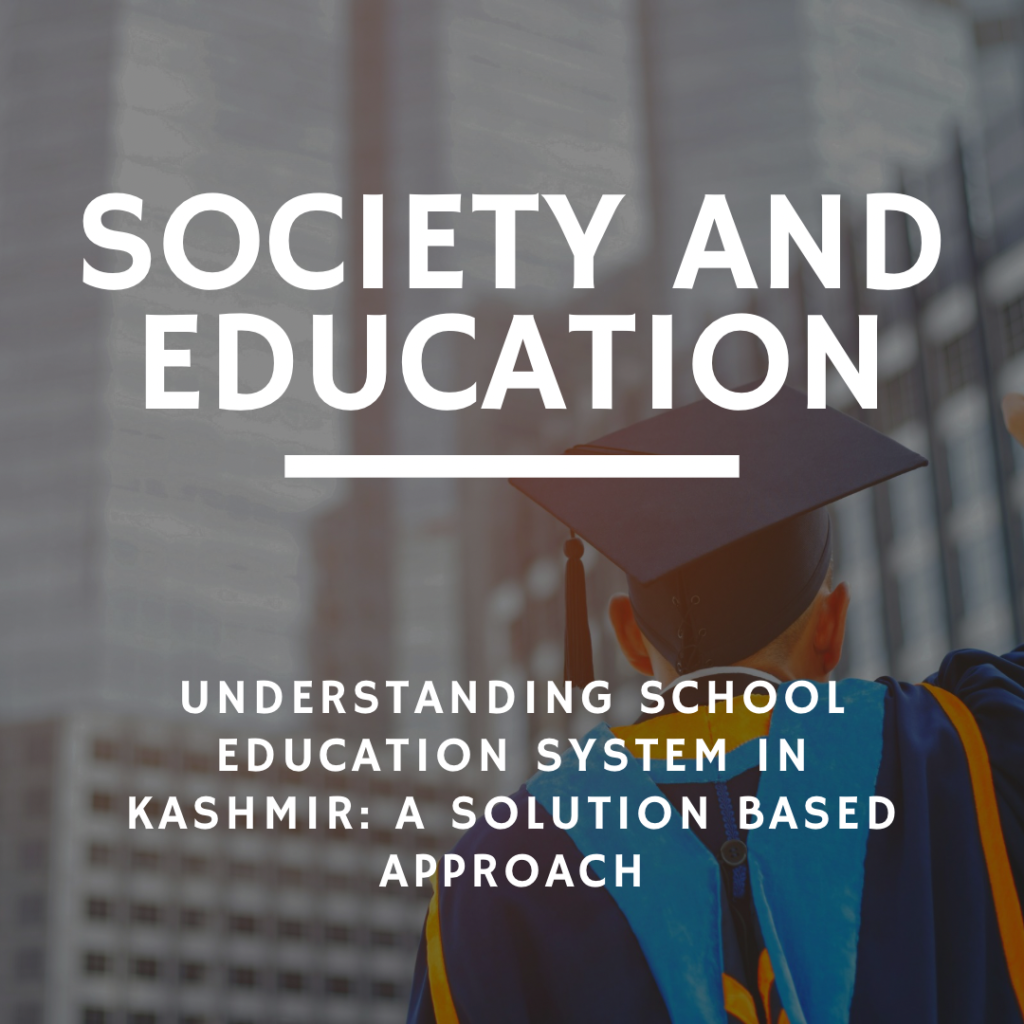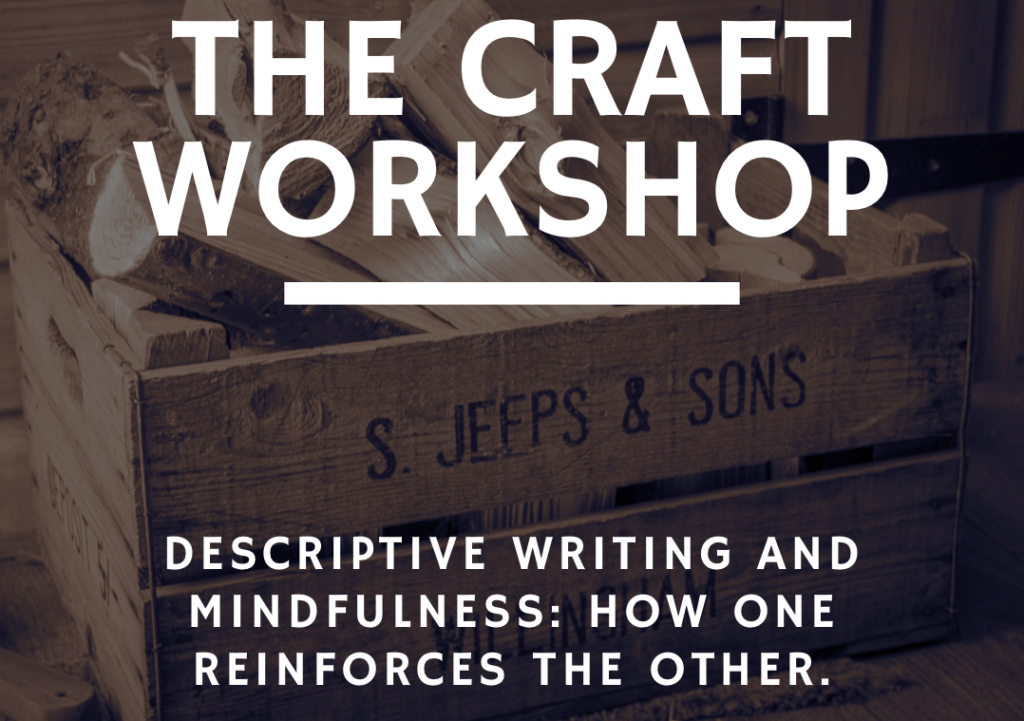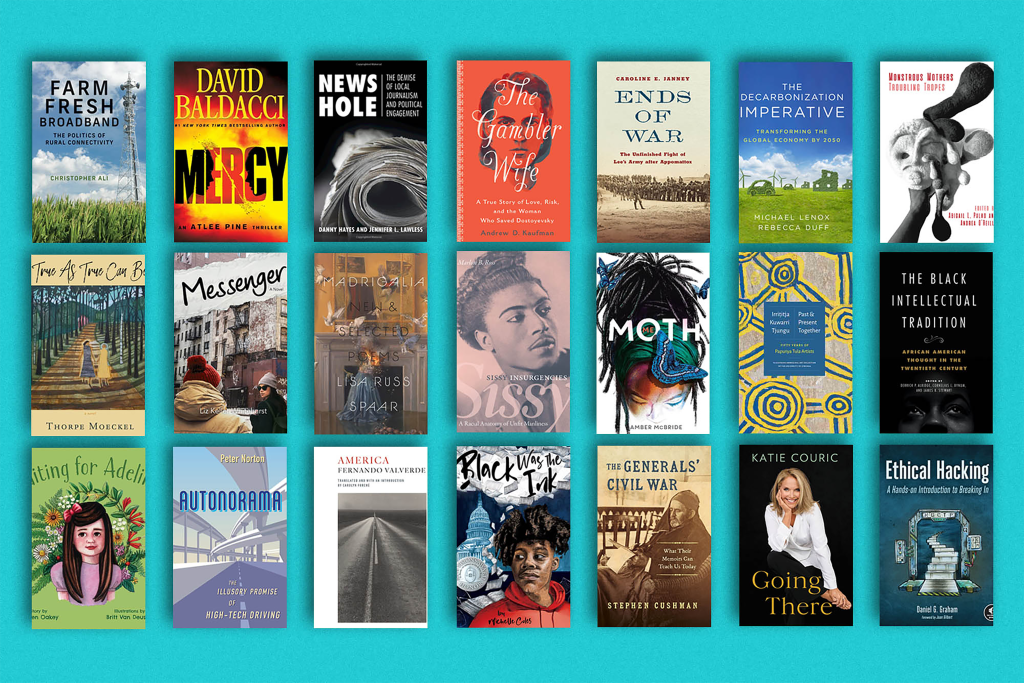Publishing Advise: Kickstart your international publishing journey.
It started with a ghost writing project that came my way. After I pitched the proposal, my budget, and work timeline to the client, they told me someone else is willing to do the same work at 1/10th the price I quoted. I did not know what to tell them. So I wished them best of luck. But, it made me think what is actually happening in the Indian writing and editing market, what freelancers are earning and how many freelancers are willing to work for such low prices. I will not speak about those working for full-time, even-though they are also strongly underpaid, but I will keep this post for those who are willing to explore a more competitive and high paying market. To give a context, most Indian freelance content writer are being paid 10-40 ppw(paise per word), to put it into perspective, it comes to 100-400 rupees for a 1000 word article. For a longer story, for those who work for newspapers, media outlets, or other such places, there is no transparency about their pay. Media outlets like The Print, Outlook India, Scroll, The Wire, The Quint, and others which have emerged as prestigious places to get bylines, do not mention any pay details on their websites. No body knows how much, or if they pay, to unsolicited submissions from freelancers. Another mindset that I have seen in most Indian Writing enthusiasts is that they want to be published even if they do not get paid for their work, especially for fiction, poetry and creative/narrative longform non-fiction writers, just for the sake of bylines on their CV or profiles. Now, here are some pointers and directions for those who want to get paid for their writings, specifically for their fiction, poetry, and creative/narrative non-fiction. Also towards the end, some tips for freelance content writers to get international clients. For freelancer content writers out there, you already know of places like, upwork, fiver, pph, and others, and most certainly know of job boards like, we work remotely, problogger job board, RemoteOk, and others, but here is a trade secret to find international clients; cold email the owners of websites you think you can write better blogs or copy content for. You can use hunter.io to find the email addresses of the owners. Also it is always better to have a website or at least a WordPress Blog, shaped as a website to clearly mention you area of interests. It is always better to send the link to your website than to send your CV. You website should have your portfolio and testimonies from your earlier contact. Also, niche writers are preferred over general writers who can write everything, so create your portfolio in a way to showcase your singular interest rather than everything and everyone you have worked with. It like going to a MBBS doctor over an MD or Super Specialist, who would you prefer? With that I would like to close this small post, but open a window to you, if you want to learn more about submissions, or want hand-on experience about how to navigate any of the above things, I do a one-on-one two-hours session to build up your website, walk you through submission lists, create accounts and navigate the complex maze to help you start with your big time international market publishing. You can write an email to [email protected], or contact me via LinkedIn( https://www.linkedin.com/in/fidoic/ ).
Publishing Advise: Kickstart your international publishing journey. Read More »





